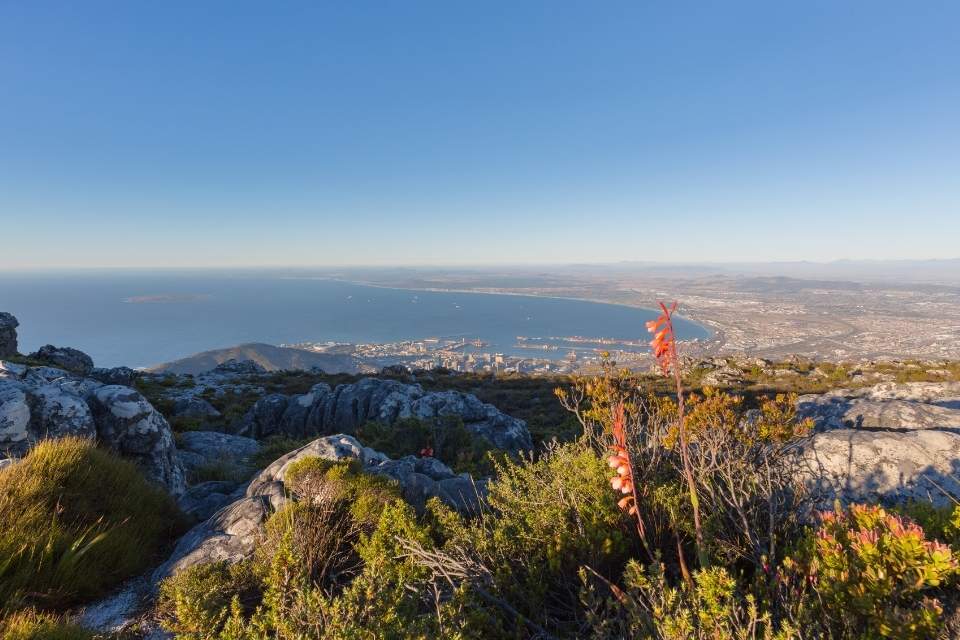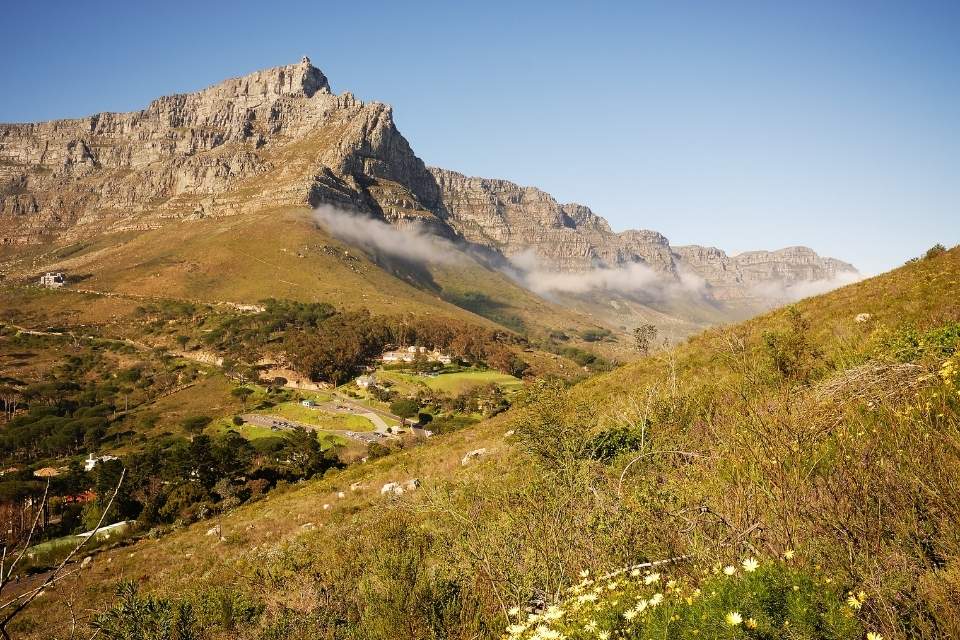Table Mountain, with its flat-topped peak dominating the skyline of Cape Town, South Africa, is one of the most iconic landmarks in the world.
Many people know it for its breathtaking views and unique flora and fauna. A common question is whether this natural wonder is recognized as a World Heritage Site.
Table Mountain is not itself a World Heritage Site. However, it is a key part of the Cape Floral Region Protected Areas, which has been recognized as a UNESCO World Heritage Site. This region is celebrated for its rich biodiversity and unique plant species, many of which are found nowhere else on Earth.
Article Summary
- Table Mountain’s World Heritage Status: Although not a World Heritage Site on its own, Table Mountain is a vital part of the Cape Floral Region, a UNESCO World Heritage Site.
- Cape Floral Region Protected Areas: This World Heritage Site is known for its exceptional biodiversity, including the unique fynbos vegetation.
- Conservation Efforts: The inclusion in the World Heritage list emphasizes the global importance of conserving this area’s unique flora and fauna.
- Biodiversity: The area is home to thousands of plant species, many of which are endemic to the region.
- Tourist Attraction: Table Mountain, as part of this heritage site, is a major draw for tourists, adding to its significance and the need for conservation.
Table Mountain’s World Heritage Status
While Table Mountain is not individually designated as a World Heritage Site, its importance cannot be underestimated as it forms an integral part of the Cape Floral Region Protected Areas.
This distinction highlights the mountain’s global significance, not just for its striking beauty but as part of a region that harbors an incredible variety of plant life.
The UNESCO listing of the Cape Floral Region, including Table Mountain, serves as a recognition of its exceptional natural value.
It underscores the uniqueness of the fynbos biome, which covers the mountain and surrounding areas, contributing to the biodiversity that makes this region a priority for conservation and scientific research.

Cape Floral Region Protected Areas
The Cape Floral Region Protected Areas encompass a substantial stretch of South Africa’s Western and Eastern Cape provinces, with Table Mountain as one of its most prominent features.
This area gains its World Heritage status from being the most diverse floral kingdom on the planet.
Protecting this region is crucial because it not only includes a wide range of plant species, many of which are rare and endangered, but it also supports a variety of animal life.
The conservation of these areas ensures the survival of its unique ecological communities, which is of international importance.
Conservation Efforts
The recognition of the Cape Floral Region, including Table Mountain, as a World Heritage Site underscores the vital importance of conservation efforts in this area.
The designation aids in protecting the unique vegetation and habitats from threats such as invasive species, climate change, and urban development.
Conservation initiatives in the area include efforts to eradicate invasive plant species, fire management practices to rejuvenate native flora, and programs designed to engage the local and international community in the preservation of this unique ecological zone.
Biodiversity
The Cape Floral Region, with Table Mountain at its heart, is home to over 9,000 plant species, around 70% of which are endemic to the region.
This staggering level of biodiversity is what earned the area its World Heritage status.
The fynbos vegetation, which is predominantly found here, is adapted to a fire-dominated ecosystem, showcasing a remarkable example of how plant species have evolved to survive and thrive in challenging conditions.
Such high levels of endemism and biodiversity make the continued protection and study of this area a global priority.
Tourist Attraction
Table Mountain, as part of the Cape Floral Region Protected Areas, is a major tourist attraction, drawing visitors from around the world.
It offers not only scenic beauty and outdoor recreation but also the chance for people to learn about the importance of biodiversity and conservation.
The popularity of Table Mountain and its inclusion in the World Heritage site list play a crucial role in tourism-driven conservation efforts.
Visitor fees and international interest help fund the conservation projects that are essential for maintaining the area’s unique ecological balance.
FAQs
Is Table Mountain part of the Cape Floral Region Protected Areas?
Yes, Table Mountain is a significant part of the Cape Floral Region Protected Areas, which is recognized as a UNESCO World Heritage Site because of its incredible biodiversity and unique vegetation.
What type of vegetation is Table Mountain known for?
Table Mountain is renowned for its fynbos vegetation, a type of shrubland or heathland vegetation found in the Western Cape of South Africa, and is part of the Cape Floral Kingdom, the smallest but richest of the world’s six floral kingdoms.
Why is the Cape Floral Region Protected Areas considered so important?
The Cape Floral Region Protected Areas are considered vitally important due to their exceptional biodiversity, with thousands of plant species, many of which are endemic to the area. This biodiversity plays a significant role in ecological research, conservation, and education.
How does being a UNESCO World Heritage Site benefit Table Mountain?
Being part of a UNESCO World Heritage Site brings international attention and funding for conservation efforts to Table Mountain and the Cape Floral Region. It also promotes sustainable tourism, which is vital for the region’s environmental and economic health.
Conclusion
While Table Mountain itself is not individually listed as a World Heritage Site, its inclusion in the Cape Floral Region Protected Areas gives it a prestigious status that reflects its global importance for biodiversity.
This designation not only recognizes the unique beauty and ecological value of Table Mountain and its surrounds but also emphasizes the need for ongoing conservation efforts.
Through these efforts, we ensure the protection of this extraordinary landscape for future generations.

